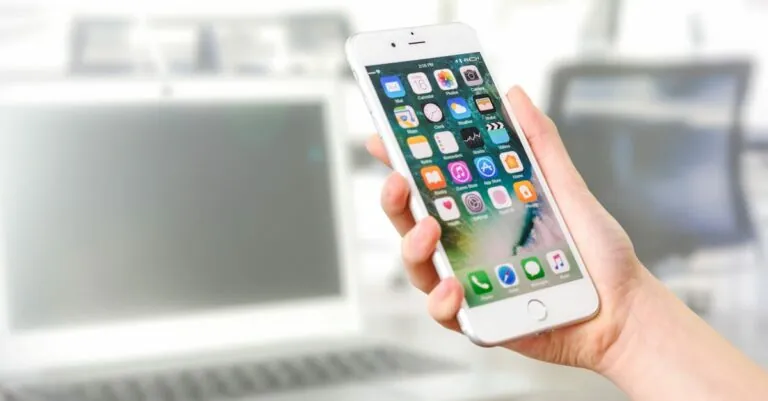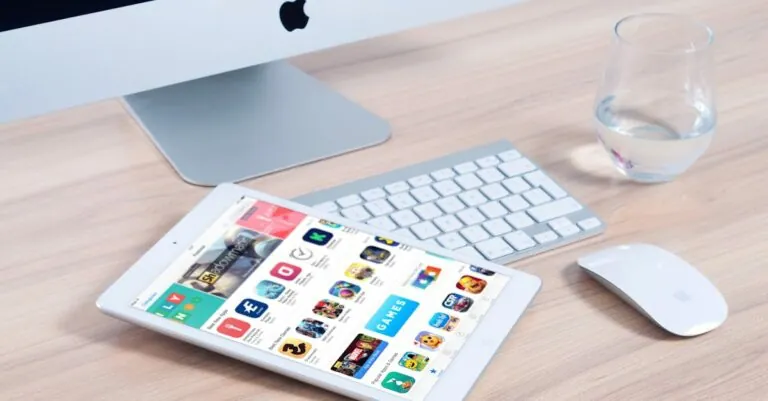Ever found yourself staring at your phone, desperately trying to download that shiny new app, only to be met with the dreaded “Download Failed” message? It’s like trying to catch a greased pig at a county fair—frustrating and utterly bewildering. You’re not alone in this digital dilemma, and it’s time to unravel the mystery behind those pesky download issues.
Table of Contents
ToggleCommon Reasons Why Can’t I Download Apps on My Phone
Many users encounter barriers that prevent them from downloading apps on their phones. Understanding these common reasons can help troubleshoot download issues effectively.
Insufficient Storage Space
Storage space often poses a significant challenge. Phones require adequate space for new app installations. If the device is nearly full, a message indicating insufficient storage appears. Users can check storage settings to identify what consumes space. Deleting unused apps, photos, or videos creates room for new downloads. It’s crucial to manage storage by regularly reviewing files and uninstalling unnecessary content.
Poor Internet Connection
A stable internet connection is essential for downloading apps. Interrupted or slow connections result in failed downloads. Users must verify their Wi-Fi or mobile data connectivity. Switching between Wi-Fi and cellular data may resolve connectivity issues. Additionally, moving closer to the router can enhance the signal. Testing the internet speed provides insight into potential problems impacting downloads.
Software Updates Needed
Software updates often impact app download capabilities. Developers regularly enhance applications, which may require the latest operating system version. If the phone’s software is outdated, users may face barriers. Checking for updates in the settings menu allows users to stay current. Updating the phone’s software can solve compatibility issues and improve performance. Regularly maintaining software ensures smoother app installation experiences.
Troubleshooting Steps
Identifying the reasons behind app download failures involves several specific actions. Users can follow these troubleshooting steps for effective resolution.
Check Storage and Clear Cache
Ensuring sufficient storage space is key for downloading apps. Check available storage by accessing device settings, then navigate to storage management options. Users should delete unused apps, photos, or videos to free up space. Clearing the cache of the app store also helps; this can be done through the app’s settings. Accumulated cache can cause slow performance and hinder downloads.
Restart Your Device
Restarting the device often resolves temporary issues. Users simply need to power off their phones, wait a few seconds, and turn them back on. This action resets system processes and can resolve glitches that obstruct app downloads. A fresh start can help improve connectivity and memory resource allocation, so it’s a valuable step when facing download problems.
Update Your Operating System
Keeping the operating system up to date is crucial for smooth app downloads. Users are encouraged to regularly check for software updates in device settings. Updated operating systems enhance security and compatibility with new apps. When updates are available, installing them ensures better performance and fewer download issues.
Alternative Solutions
Exploring different strategies often helps users tackle app download issues effectively.
Use a Different App Store
Sometimes, the primary app store encounters issues. Consider utilizing alternative app stores, provided they are reputable. For instance, platforms like Amazon Appstore or Aptoide offer many available applications. Users might discover apps not found in the default store. Always ensure to enable installations from unknown sources in device settings for smoother access. Doing so opens new channels for app downloads and enhances the catalog available to users.
Free Up Storage
Insufficient storage space frequently impedes app downloads. Users should prioritize clearing unnecessary files and applications. Start by removing rarely used apps or large media files. It’s beneficial to check settings for storage usage to identify space hogs. Deleting old photos or transferring them to cloud services also helps free up valuable space. Regularly managing storage keeps devices operating smoothly and allows for new app installations.
When to Seek Professional Help
In certain situations, seeking professional help becomes necessary for addressing app download issues effectively. Users experiencing persistent problems after trying common troubleshooting steps should consider this option.
When devices show error messages that do not resolve with basic solutions, contacting technical support can provide the needed expertise. Professionals usually have deeper access to diagnostics that can identify underlying issues.
If a user’s device appears to have hardware problems, such as a malfunctioning storage component, expert assistance often leads to optimal solutions. Users should not ignore indications of failing hardware, as this could affect overall device performance and functionality.
Additionally, if app downloads consistently fail on multiple applications or across various app stores, it signals a potential systemic issue. Engaging with customer support can illuminate any account-related concerns or account settings needing adjustment.
Consulting a technician also becomes relevant when software updates do not install correctly. In this instance, a professional can resolve update errors that hinder app installations and overall system performance.
Some users may find that, despite their efforts, the problem persists even after performing resets and clearing cache. Professional support in these cases can save time and ensure proper repair or configuration.
If users are uncertain about enabling installations from unknown sources or navigating alternative app stores, specialists can guide them safely through these processes. Seeking professional help empowers users to regain access to their app environments swiftly and effectively.
Experiencing difficulties downloading apps can be frustrating but understanding the underlying causes can help users navigate these challenges. By managing storage effectively ensuring a reliable internet connection and keeping the operating system updated users can significantly improve their download success.
If issues persist despite troubleshooting efforts seeking professional assistance may be necessary. With the right approach users can regain access to their favorite apps and enhance their overall smartphone experience.


